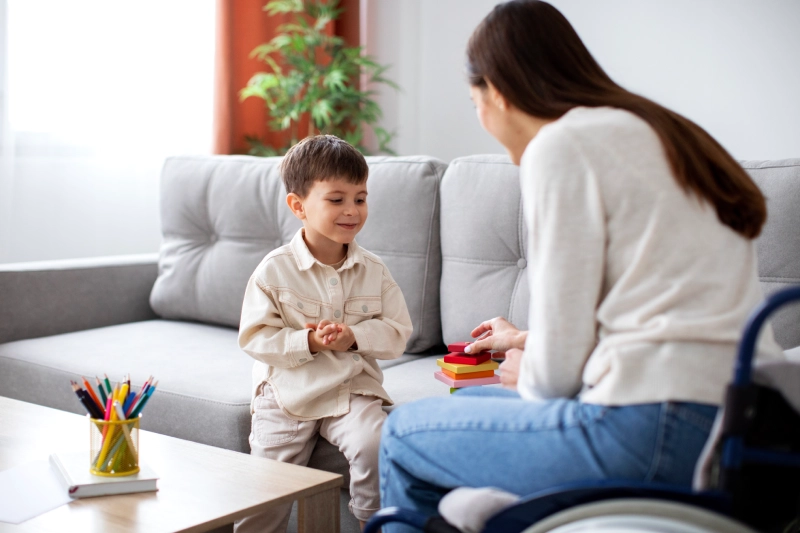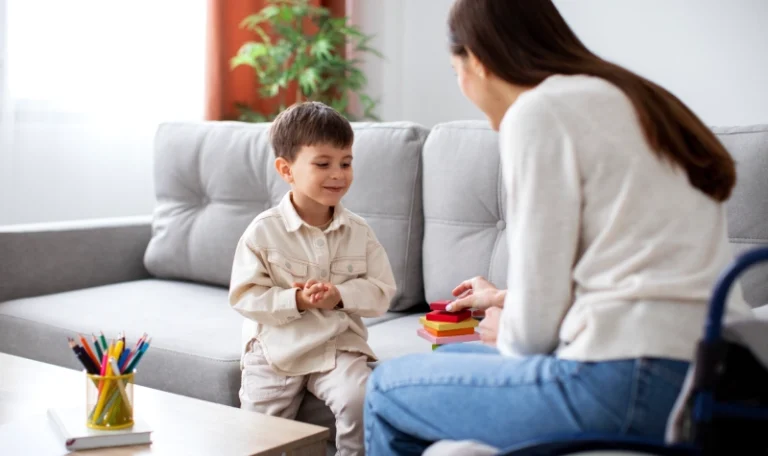
Applied Behavior Analysis (ABA) therapy is one of the well known and efficient interventions against children with autism spectrum disorder (ASD). In home therapy is one of the more individualized types of ABA, in which trained specialists give therapy in the child centered setting. The behavior, social skills and the quality of life can improve greatly through this type of treatment.
Important things to know about in home ABA therapy
What is ABA Therapy?
ABA therapy is oriented at utilizing methods to stimulate positive behaviors and decrease negative behaviors. It entails simplification of complex skills into small and easily manageable steps and reinforcing them. In home ABA therapy then implements this approach in a customary, daily environment, like a home with a child.
How In Home ABA Therapy Works
Home based therapy offers a less distracting and more personalized atmosphere to children. Here is a glimpse of what in home ABA therapy is unique:
- Personalized care: Therapy is designed during each session, with the needs and preferences of the child in mind.
- Comfortable setting: Children are at home in their own circumstances and can be made feel more relaxed and open to study.
- Consistent learning environment: Home based learning allows generalization of skills to real life conditions.
- Family involvement: Family is directly engaged in the therapy process that increases continuity of care and tracking of progress.

What to Expect During In Home ABA Therapy
When using in home ABA therapy, families should anticipate a therapist to closely collaborate with the child to help him or her acquire new skills and behaviors. The general organization of a typical session will be presented below:
- Initial meeting: The therapist will have the first meeting with the family to address the needs and goals of the child.
- Therapy sessions: These sessions are usually 1-2 hours and the therapist works with the child directly where he applies various ABA techniques.
- Family support: Therapists can train and advise parents and assist them in strengthening outside strategies during the therapy sessions.
- Follow up assessments: Check in visits are done regularly to measure progress and modify the therapy plan accordingly.
How to Choose the Right In Home ABA Therapy Provider
The choice of the step up in home aba therapy provider is the key to the optimal outcome. These are the tips you should take into account when choosing:
- Look for certification: Check to ensure the provider has qualified and experienced ABA therapists.
- Check reviews and references: Search online for reviews and references of other families using the provider’s services.
- Assess individualization: Select a provider that will provide individualized therapy plans, based on your child’s needs in particular.
- Consider flexibility: Ensure the provider provides a flexible schedule and accommodates family involvement.
Conclusion
ABA therapy in the home can be quite beneficial to children with autism needs as it helps them get a comfortable and one to one learning experience. This treatment is able to boost not just the capabilities of the child but also the participation of the family in the learning process, which promotes a general empowerment and development.









